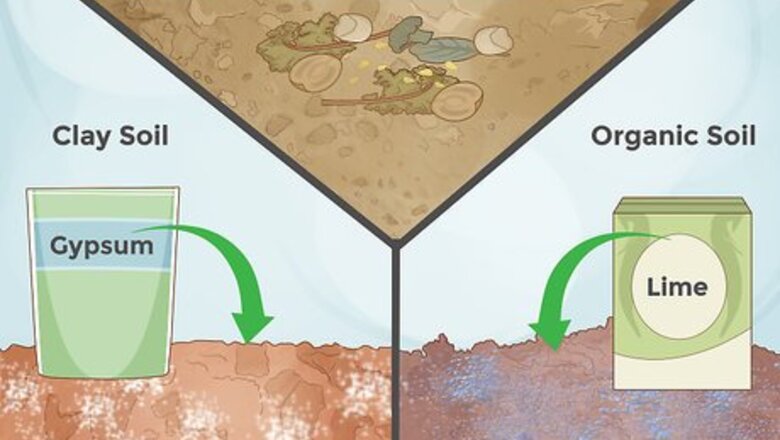
views

Determine the type of soil you have and make amendments to get a loamy mix. Clay soil will hold water but does not drain well. It is usually highly alkaline and will need a lot of organic matter added to it. Adding gypsum will improve clay soil and ensure good drainage. Sandy soil will drain well but requires frequent watering. It will also need to be amended with organic material. Very organic soil is usually highly acidic and will have both good drainage and moisture retention. You may need to add lime to increase the pH level. EXPERT TIP "The best thing you can do for any soil is to add about 20-30% of the best compost that you can get, and mix it into the top layer." Steve Masley Steve Masley Home & Garden Specialist Steve Masley has been designing and maintaining organic vegetable gardens in the San Francisco Bay Area for over 30 years. He is an Organic Gardening Consultant and Founder of Grow-It-Organically, a website that teaches clients and students the ins and outs of organic vegetable gardening. In 2007 and 2008, Steve taught the Local Sustainable Agriculture Field Practicum at Stanford University. Steve Masley Steve MasleyHome & Garden Specialist
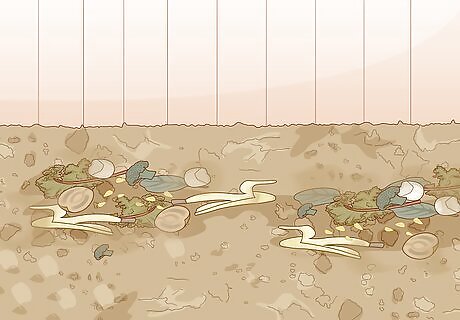
Add plenty of organic material to your soil. You can buy compost from garden centers or use grass clippings and leaves from around your yard. Till them into the soil in the fall or in the spring as soon as you can work the ground. Preparing the soil in your rose garden in autumn allows the material to decompose all winter.
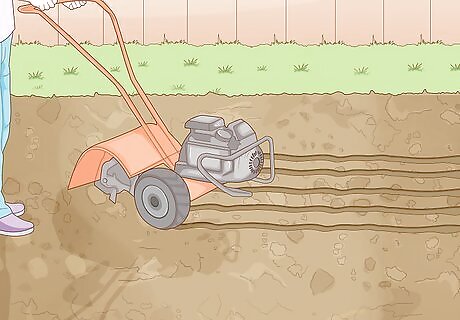
Dig and aerate your soil each season. With new rose beds, use a roto-tiller or spade to turn the soil in fall and again in spring. If you have existing roses, turn the soil over near the rose bush and loosen the roots as much as possible, but be caution not to damage the rose bush.
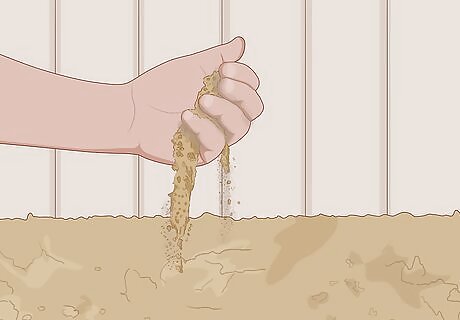
Ensure that the soil for your roses is dry and friable (easily crumbled) when you begin to make improvements to it. Pick up a handful of soil and squeeze it. Soil that is too wet sticks together while soil that is too dry crumbles.
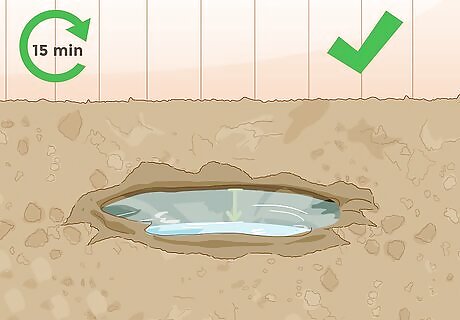
Check your soil for good drainage by digging a hole a foot deep (30cm) and filling it with water. The water should drain out in around 15 minutes. If it takes much longer or drains too fast your may need to add more amendments.
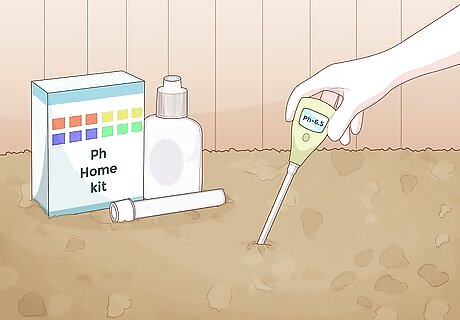
Ensure the soil where you plant your roses has a pH of around 6.5, which is slightly acidic. This is the soil usually found in woods and forests. Test your soil with a home kit or send it to a soil testing lab in your area. You can raise the pH level by adding lime if the soil is too acidic. If it is too alkaline, add garden sulfur. If your roses grow poorly and have yellowing leaves, it may indicate that your soil is too alkaline.

Consider adding other amendments such as bone meal, blood meal or NPK ( Nitrogen, Phosphorous, Potassium). A balance of 1:2:1 is best. Phosphorous helps roses bloom. Avoid too much Nitrogen as it will cause more foliage growth and fewer blooms. Alfalfa pellets, epsom salts, fish emulsion or manure are also good additions to the soil and will help your roses flourish.
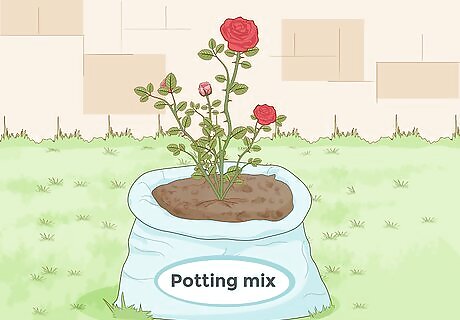
Take a shortcut and use a bag of good grade potting soil in which to plant your roses. This can be expensive if you are creating a large rose garden, but the soil is already amended and ready to help your roses grow to their best potential.
















Comments
0 comment